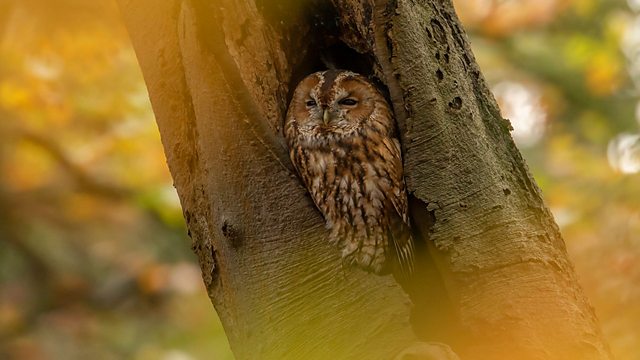Winterwatch 2021 episode 8: The final Winterwatch of this series looks at the season as a whole and what it means to us all to celebrate that winter magic. Chris Packham will be live in the New Forest, giving us a final look at the animals we’ve been witnessing for the last couple of weeks. Iolo Williams is looking at oyster catchers and peregrines.
Gillian Burke rounds up her time at the Cornwall Beaver Project, and in our final film about the animals we love to hate, Megan McCubbin tells us why slugs are so important. Not just garden destroyers, they are vital to the ecosystem as a whole.
We’re also on the hunt for another of our iconic birds of prey as Iolo discovers the amazing success story of red kites in Wales.
Winterwatch 2021 episode 8
Red kite
The red kite (Milvus milvus) is a medium-large bird of prey in the family Accipitridae, which also includes many other diurnal raptors such as eagles, buzzards, and harriers. The species currently breeds in the Western Palearctic region of Europe and northwest Africa, though it formerly also occurred in northern Iran. It is resident in the milder parts of its range in western Europe and northwest Africa, but birds from northeastern and Central Europe winter further south and west, reaching south to Turkey. Vagrants have reached north to Finland and south to Palestine and Israel, Libya and Gambia.
Red kites are 60 to 70 cm (24 to 28 in) long with a 175–179 cm (69–70 in) wingspan; males weigh 800–1,200 g (28–42 oz), and females 1,000–1,300 g (35–46 oz). It is an elegant bird, soaring on long wings held at a dihedral, and long forked tail, twisting as it changes direction. The body, upper tail and wing coverts are rufous. The white primary flight feathers contrast with the black wing tips and dark secondaries. Apart from the weight difference, the sexes are similar, but juveniles have a buff breast and belly. Its call is a thin piping sound, similar to but less mewling than the common buzzard. There is a rare white leucistic form accounting for approximately 1% of hatchlings in the Welsh population but is at a disadvantage in the survival stakes.




